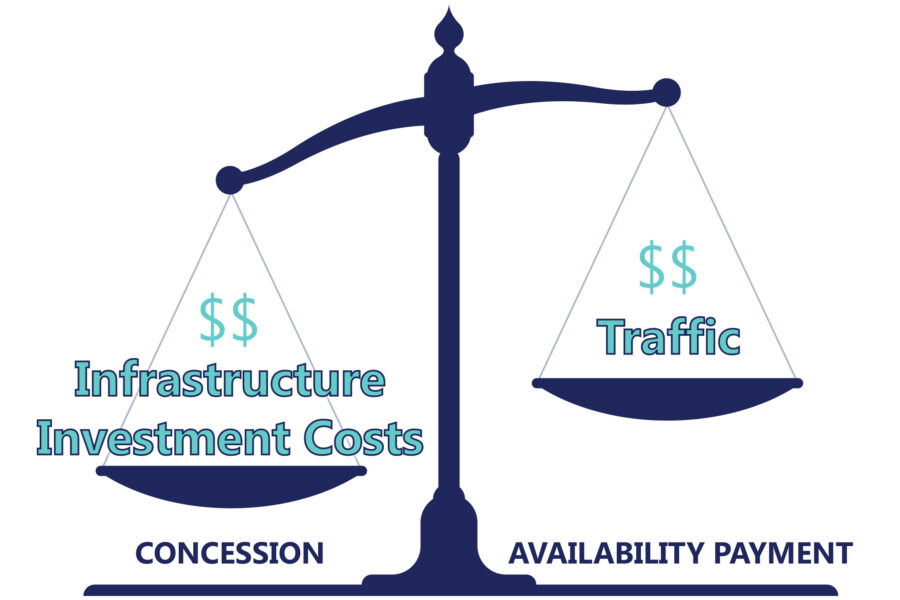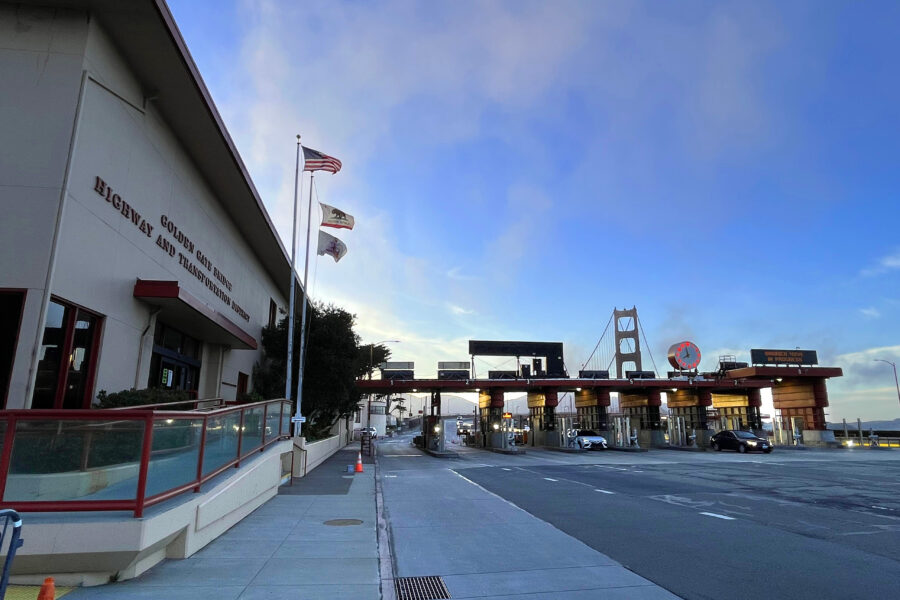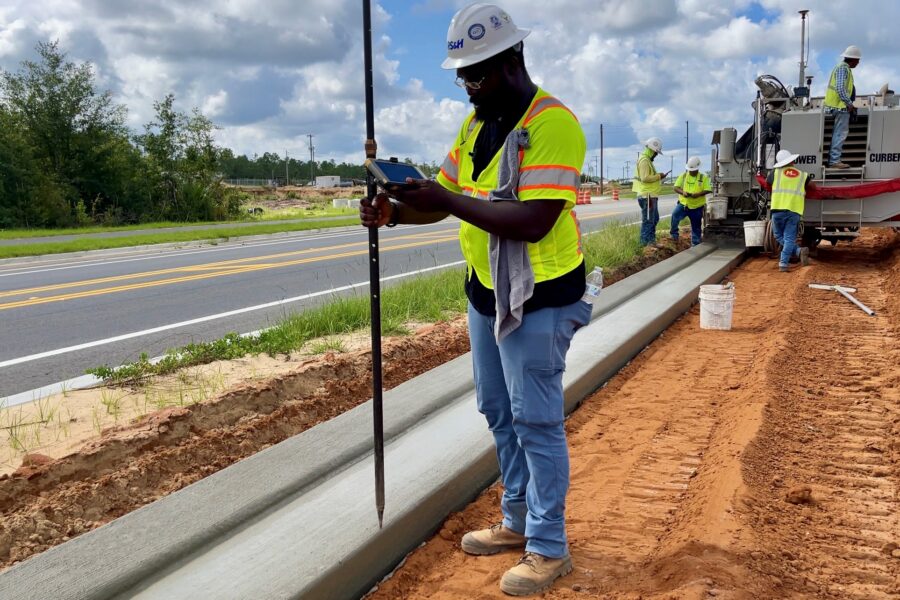How to Evaluate P3 Models for Tolls Projects

The financing of transportation projects using toll revenues has long been the province of toll agencies. With the increasing use and recognized benefits of tolled managed lanes, state departments of transportation (DOTs) and other agencies are more engaged in adopting innovative project approaches that apply the tolling principle and the ability to leverage toll revenues to advance much needed capacity improvement projects.
The leveraging of toll revenues and other revenue and funding streams creates opportunities to implement projects through various contracting methods, including public-private partnerships (P3s). A P3 typically has a variety of definitions but, in the most simplistic terms, is a long-term contract between the public owner and a private entity that includes a finance component to deliver a transportation facility or an improvement.
The P3 process and approach will vary between states as each state will have varying degrees of legislation for P3s and tolling authority that will dictate project approvals, project costs, lease terms, contract duration, payment mechanisms and procurement strategies. Legislation that creates limitations can potentially eliminate valuable tools to some agencies, such as use of availability payments.
In the transportation industry, the P3 model is still developing. Public agencies hopefully will benefit from the standardization of terminology and legislative authorizations over time.
Moving forward, tolling will continue to play a major role in transportation infrastructure improvements, especially in the P3 market. Tolls will continue to be a key component for the successful implementation of P3 projects, especially when the state or agency implementing the projects understands the public’s needs and political expectations.
Based upon our experience, we advocate for toll agencies and authorities to evaluate a P3 model and recognize the importance this tool can have to your agency in a joint partnership with another agency without the long-term impacts to your bonding capacity.
No Two Projects Alike
We invariably say that no two transportation P3 projects are alike. One reason for this variable is the revenue structure for cost coverage of the P3 concession. This typically includes long-term maintenance and upkeep costs associated with the infrastructure and the operations of the facility. As such, having a tolling agency or authority as the lead agency greatly simplifies these types of projects.
Toll agencies and authorities have a unique experience balancing project costs and revenues, as well as managing assets, providing enhanced corridor safety, and providing toll operations, which are all key factors in setting toll facilities apart from other types of roadways. But some toll agencies discount the P3 option thinking that they need to acquiesce their toll operations and maintenance in order to take full advantage of the P3 model. While this may be the case on some projects, it does not have to be the case for all P3s.
The P3 model has many other benefits for toll agencies and authorities. Consider the reduced impact to bonding programs and increased leverage of toll revenues due to flexibility in lease terms. Should the Trump Administration’s infrastructure plan develop, there may be opportunities for agencies to leverage their toll revenues using expanded government finance options. Those agencies that are most prepared to take advantage of these programs will be the largest beneficiaries.
Two Revenue Structures
Within the P3 model, we have seen two forms of revenue structure: tolled concessions and availability payments. The financial component – if it’s well-defined – will capture the attention of the private equity investors and can be used to entice innovation during the procurement process. The stronger the revenue estimates or traffic volumes using the facilities, the lower the risk to the concessionaire teams.
Tolled concessions generally assign traffic revenue risk onto the concession. This creates a greater need for accurate tolled revenue projections and a potentially higher risk associated with project costs.
With the availability payment format, a fixed annual or monthly payment amount to the concession is established at the outset of the project. Also, the public agency generally assumes the risk associated with revenue coverage. Under-performing facilities would then require increased state infrastructure funding to cover the gap from reduced toll revenue.
Based upon our procurement expertise with P3 projects, RS&H has assisted clients in assessing the benefits and risks associated with applying various procurement strategies on tolled facilities. In an upcoming blog, we’ll elaborate by examining two case studies and how availability payment versus toll concessions model can be successfully applied.




